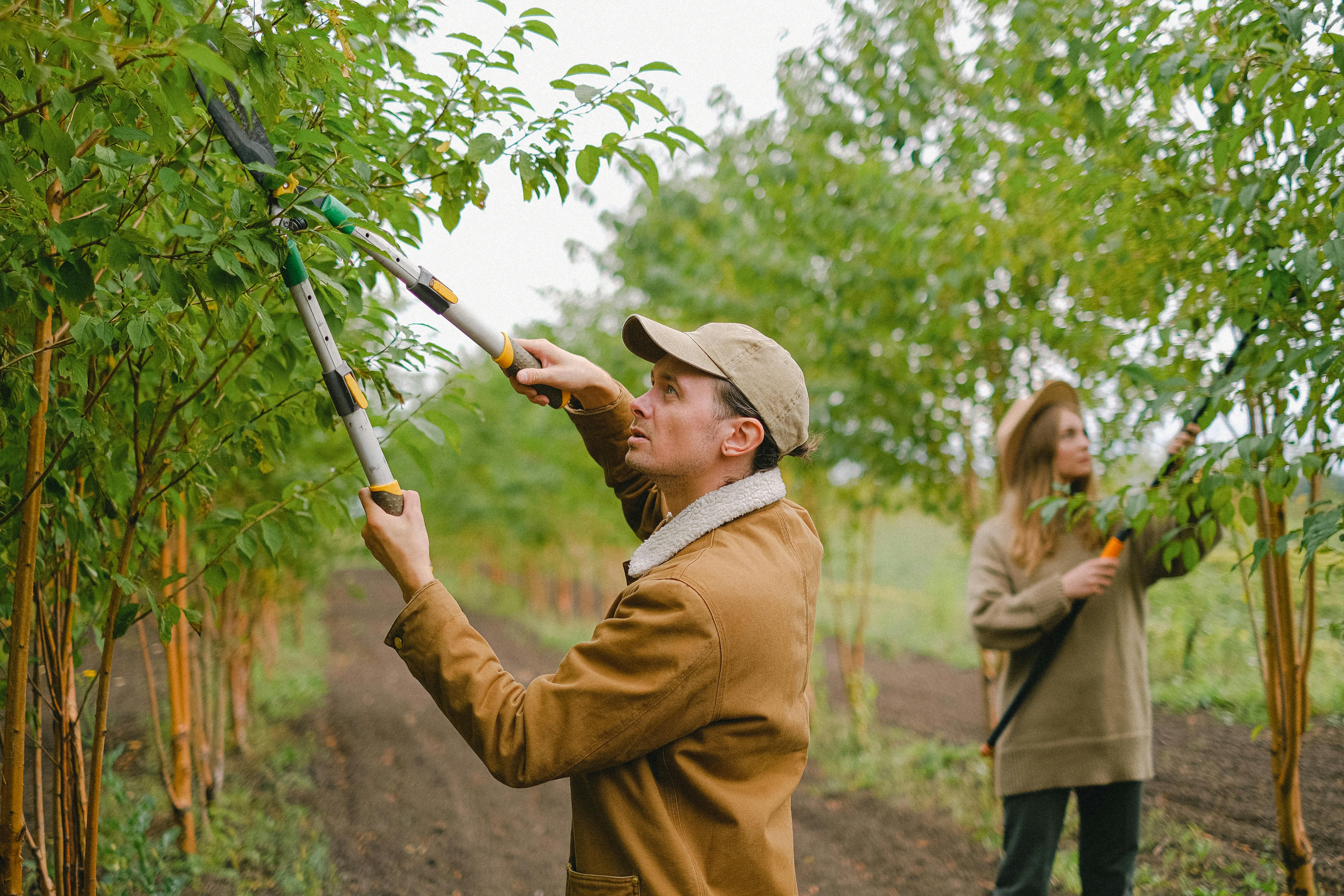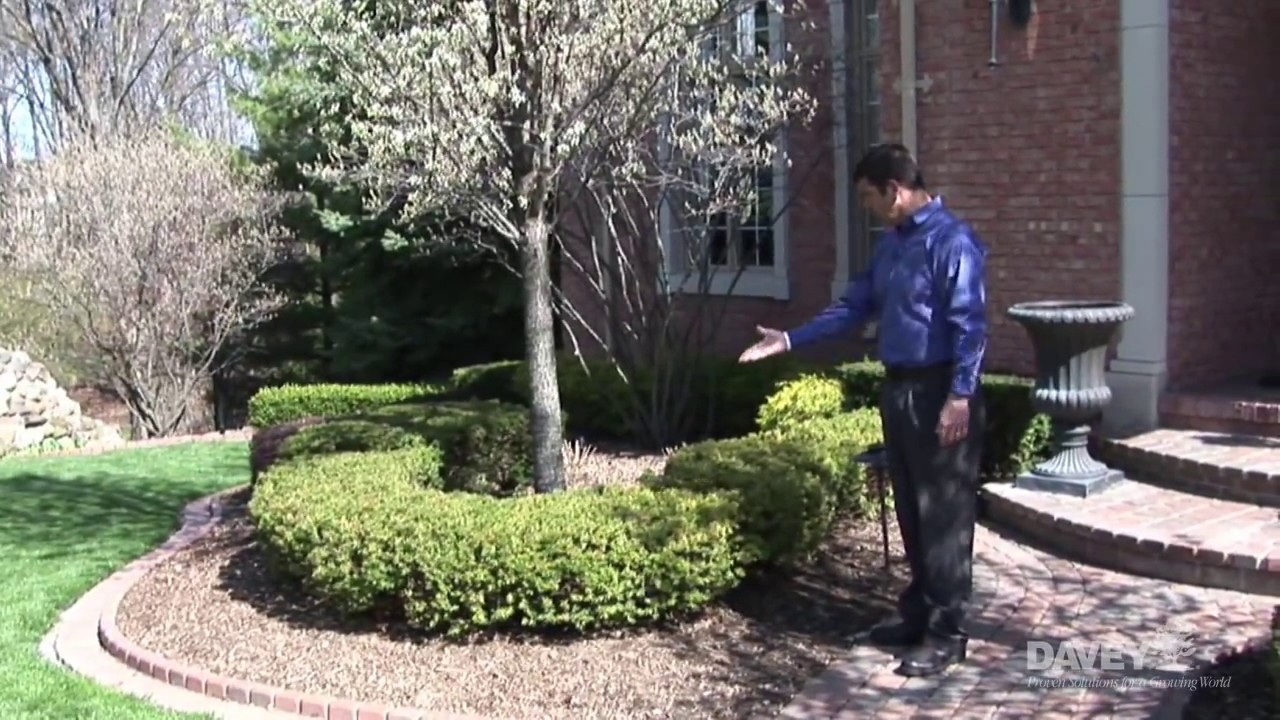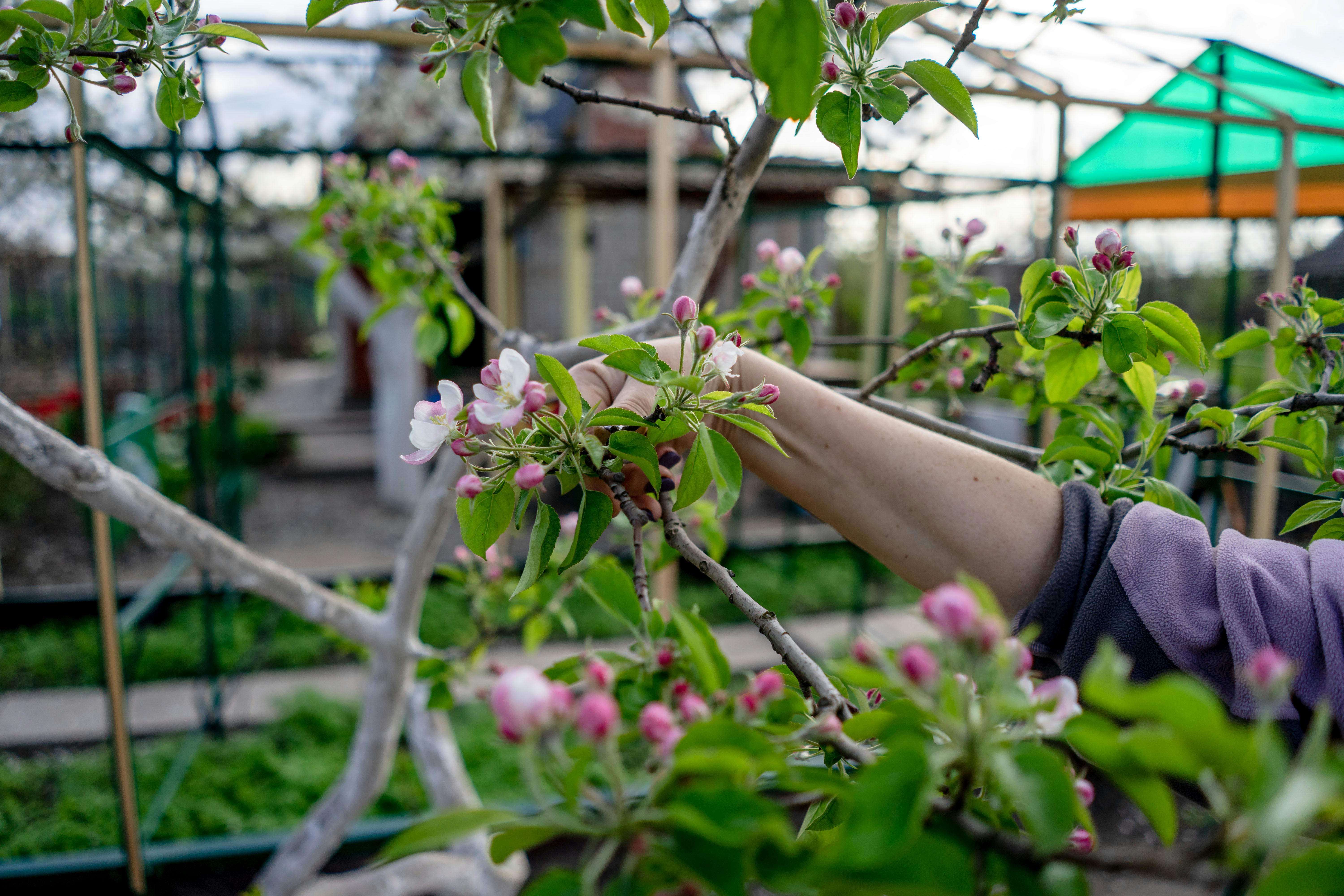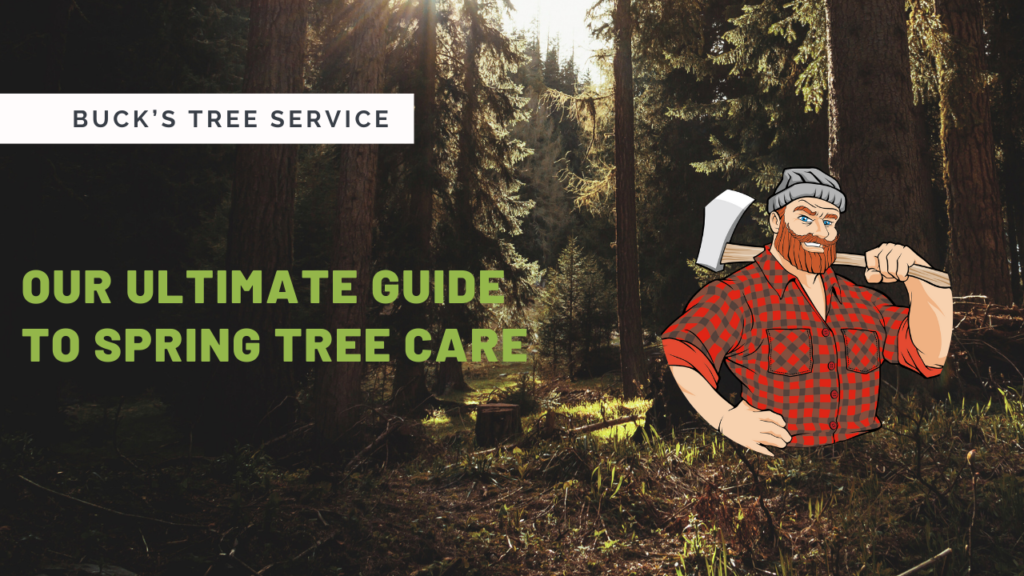Did you know that proper tree care can increase property value by up to 20 percent? It’s true! Taking care of your trees is not only beneficial for their health and beauty but also for your financial investment.
This spring, make sure you give your trees the attention they deserve by following our comprehensive spring tree care checklist.
From tree trimming and pruning to seasonal maintenance and professional advice, we have you covered.

Key Takeaways
- Proper tree care can significantly increase property value.
- Spring is the ideal time for tree inspections and assessing winter damage.
- Tree pruning promotes healthy growth and prevents disease.
- Fertilizing and mulching replenish soil nutrients and improve tree health.
- Consulting with professional arborists ensures proper tree planting and maintenance.
Tree Inspection and Winter Damage Assessment
As spring approaches, it’s crucial to assess the impact of winter on your trees. Cold temperatures, heavy snow, and strong winds can cause significant damage, jeopardizing the health and safety of your trees. To ensure their ongoing vitality, engaging in a thorough tree inspection is essential.

Identifying Winter Damage
Winter damage can manifest in various ways, including:
- Broken branches: Heavy snow or ice accumulation can cause branches to snap or bend.
- Cracked bark: Extreme cold temperatures can lead to the formation of cracks in the tree bark.
- Root damage: Freezing temperatures can cause the soil to freeze, potentially impacting the tree’s root system.
An expert arborist is well-equipped to identify signs of winter damage even before the trees start to leaf out. By conducting a comprehensive inspection, they can assess the overall condition of your trees and determine the necessary actions to rectify any issues.
The Role of an Arborist
Engaging the services of a professional arborist is highly recommended for a detailed evaluation of your trees. Arborists have the knowledge and expertise to assess and diagnose tree health problems accurately. They can provide a comprehensive report that outlines the current condition of your trees, potential risks, and recommended solutions.
The information provided in the comprehensive report will guide you in making informed decisions regarding tree maintenance and care. Whether it’s recommending pruning to remove damaged limbs or recommending treatments to combat diseases, the arborist’s expertise will ensure the ongoing health and vitality of your trees.
Don’t wait until it’s too late to address the aftermath of winter. Schedule a tree inspection with Buck’s Tree Service today and safeguard your trees for a successful growing season.
Pruning for Spring Growth
Proper pruning plays a vital role in preparing your trees for robust spring growth. By removing dead, weak, and dangerous branches, you promote the overall health and vitality of your trees. Pruning also encourages new growth, helping create a more balanced and aesthetically pleasing tree structure.
One of the critical aspects of tree pruning is timing. It’s best to prune your trees in early spring before new growth begins. Pruning later in the season increases the risk of diseases and pests attacking the vulnerable wounds left behind.
To ensure the best results, we recommend consulting with a trained arborist or tree care professional. They have the expertise and knowledge to identify and selectively prune dead branches, weak branches, and diseased areas while preserving the tree’s natural shape and structural integrity.

The Benefits of Tree Pruning
- Promotes tree health: Pruning removes diseased and dying branches, enhancing the overall health and vitality of your trees.
- Improves structural integrity: Pruning helps maintain a strong and stable tree structure, reducing the risk of limb failure during severe weather events.
- Enhances aesthetics: By selectively pruning branches, you can improve the appearance of your trees, enhancing your property’s overall beauty and curb appeal.
- Prevents damage: Removing dead branches eliminates potential hazards that could fall and cause damage to your property or injure people or pets.
- Increases sunlight penetration: Pruning can open up the canopy, allowing more sunlight to filter through to lower branches and the ground below, benefiting plants and other vegetation beneath the tree.
Remember, pruning requires skill and knowledge to avoid damaging the tree and promote proper healing. Hiring a professional arborist ensures the job is done safely and effectively.
Pruning for spring growth is an essential part of tree care and maintenance. By removing dead branches, weak branches, and practicing disease prevention, you set your trees up for a successful growing season, promoting their long-term health and vitality.
Fertilizing and Mulching for Tree Health
After the winter months, it’s important to provide your trees with essential nutrients to promote healthy growth and prevent pest and disease infestations. Tree fertilization plays a crucial role in replenishing the depleted soil with the necessary elements for a strong and vibrant tree canopy.
When fertilizing your trees, it’s essential to consider the specific nutrient requirements of each tree species. A comprehensive soil analysis conducted by a professional arborist can help determine the exact nutrient deficiencies and tailor the fertilizer application accordingly.
In addition to fertilization, mulching is an effective method to enhance tree health and vigor. Mulch helps retain moisture in the soil, reducing the need for frequent watering. It also acts as a barrier, preventing weed growth and competition for nutrients.
| Benefits of Mulching: |
|---|
| • Improves soil quality |
| • Retains moisture |
| • Prevents weed growth |
For optimal results, follow these mulching guidelines:
- Apply a layer of organic mulch around the base of your trees.
- Avoid contact between the mulch and the tree trunk. Leave a small gap to prevent moisture buildup and potential decay.
- Ensure the mulch layer is 2-4 inches deep to provide adequate coverage and insulation.
By incorporating both tree fertilization and mulching into your tree care routine, you can provide the necessary soil nutrients, retain moisture, and prevent weed growth, resulting in healthier, more resilient trees.

Proper Tree Planting and Consulting with Professionals
If you’re considering adding new trees to your property, it’s essential to approach tree planting with care and consideration. The success of your trees depends on choosing the right location within your yard and selecting the appropriate tree species that will thrive in your specific property and climate conditions.
To ensure the best outcomes, it’s highly recommended to consult with professional arborists who specialize in tree planting and care. These experts have in-depth knowledge of tree species, their growth habits, and the environmental factors that can impact their health and longevity. They can guide you in selecting the ideal tree species based on your preferences and the unique characteristics of your property.
Professional arborists also offer tree care services that go beyond tree planting. They have the expertise to provide ongoing tree maintenance, such as tree trimming, pruning, and fertilization, to promote healthy growth and prevent potential issues. By enlisting their help, you can ensure that your trees receive the proper care and attention they need throughout their lifespan.
Investing in professional tree care services not only helps to maintain the health and beauty of your trees but also enhances the overall value and aesthetics of your property. Proper tree planting and regular maintenance by knowledgeable arborists will contribute to the longevity of your trees, the well-being of your landscape, and the benefits they provide, such as shade, cleaner air, and increased property value.
FAQ
Proper tree care is essential for the long-term health and prosperity of your trees. It helps maintain tree health, prevents diseases and pests, and enhances the overall beauty and value of your property.
Spring is the perfect time to have an arborist perform a tree inspection. They can easily identify signs of winter damage or disease while the trees are still bare, providing a comprehensive report on the condition of your trees.
Pruning is essential for preparing your trees for spring growth. It involves removing dead, weak, and dangerous branches, enhancing tree health, and promoting healthy new growth.
Fertilizing provides necessary nutrients for new, healthy growth and helps prevent pest and disease infestations. Mulching improves soil quality, retains moisture, and prevents weed growth, benefiting both young and established trees.
Consulting with professional arborists is crucial for choosing the right location, selecting appropriate tree species for your property and climate, and ensuring that the trees receive proper care and maintenance.

